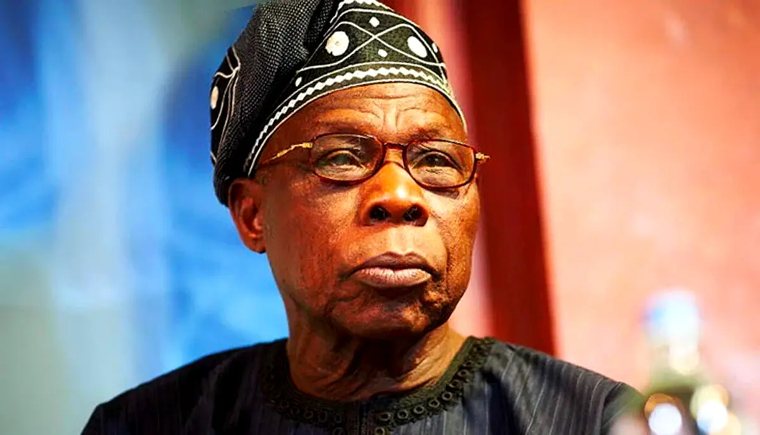 Zimlive yesterday reported that former Nigerian President Olusegun Obasanjo had blamed Zimbabwe for allegedly setting a wrong precedent of coups in Africa after late President Robert Mugabe’s November 2017 ouster was sanitised and packaged as a bona fide means of replacing unpopular regimes outside the ballot.
Zimlive yesterday reported that former Nigerian President Olusegun Obasanjo had blamed Zimbabwe for allegedly setting a wrong precedent of coups in Africa after late President Robert Mugabe’s November 2017 ouster was sanitised and packaged as a bona fide means of replacing unpopular regimes outside the ballot.
It quoted Obasanjo as saying: “There should be no half measures about these; It started in Zimbabwe where they said ‘it’s not a coup and it’s a half coup, it’s near a coup’; A coup is a coup!”
Obasanjo said this at the Pan-African Parliament session sitting in Midrand, Johannesburg in South Africa.
Although Zimlive said that a study by US researchers, Jonathan Powell and Clayton Thyne, had identified over 200 coup attempts in Africa since the 1950s with about half of them being successful, it forgot to mention that Obasanjo himself was one of the leaders of a coup that saw him becoming Nigeria’s 5th Head of State from 1976 to 1979.
Obasanjo was part of a military junta which removed General Yakubu Gowon in a bloodless coup in 1975 and became part of the country’s ruling triumvirate.
Gowon had himself come to power through a coup in 1966.
After the triumvirate’s leader, Murtala Muhammed, was assassinated the following year, the Supreme Military Council appointed Obasanjo as Head of State.
He, however, restored democracy and oversaw the 1979 election of civilian President Shehu Shagari.
Obasanjo was elected Nigeria’s 12th president in 1999 and was in office until 2007.
(151 VIEWS)

